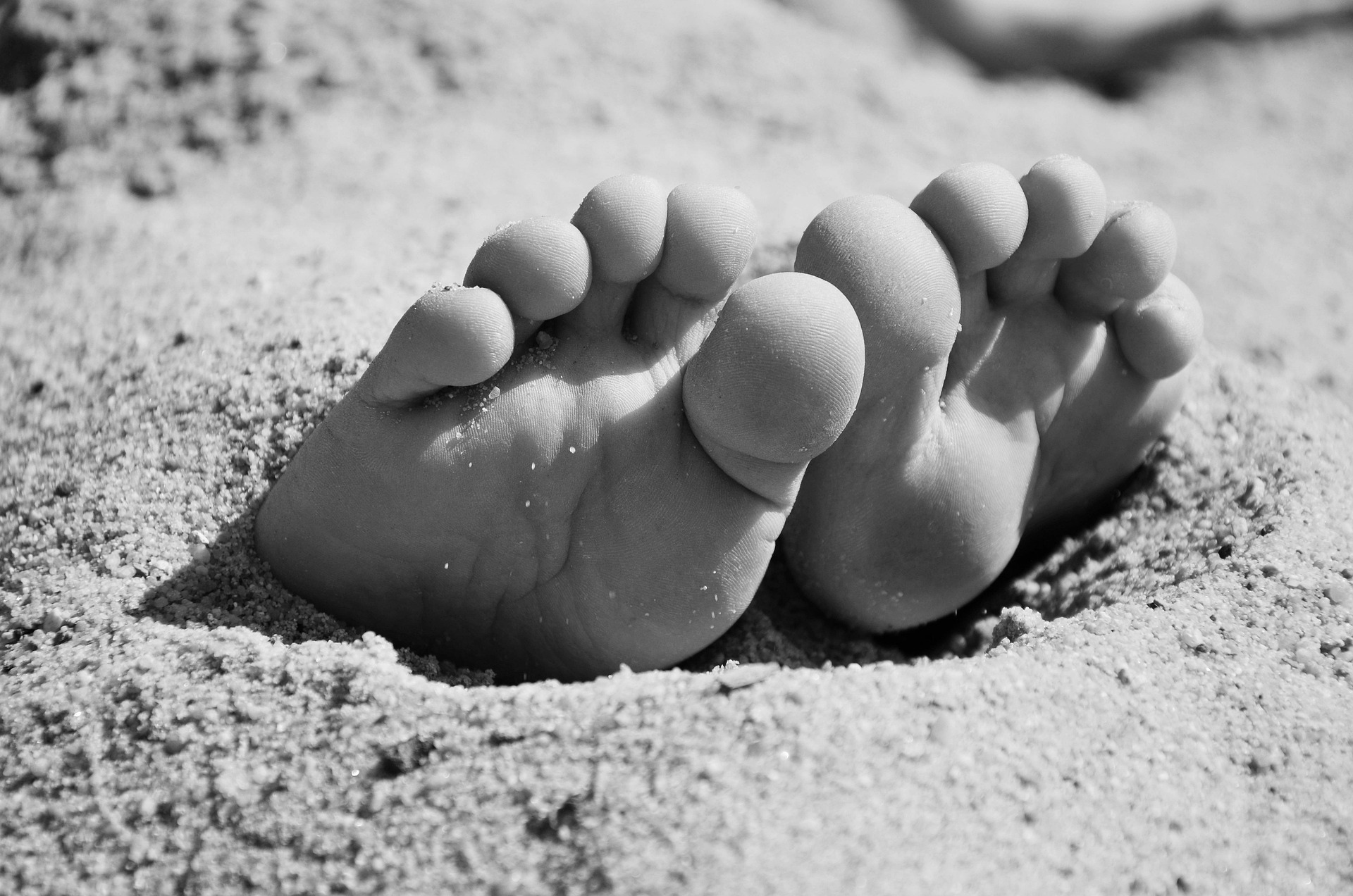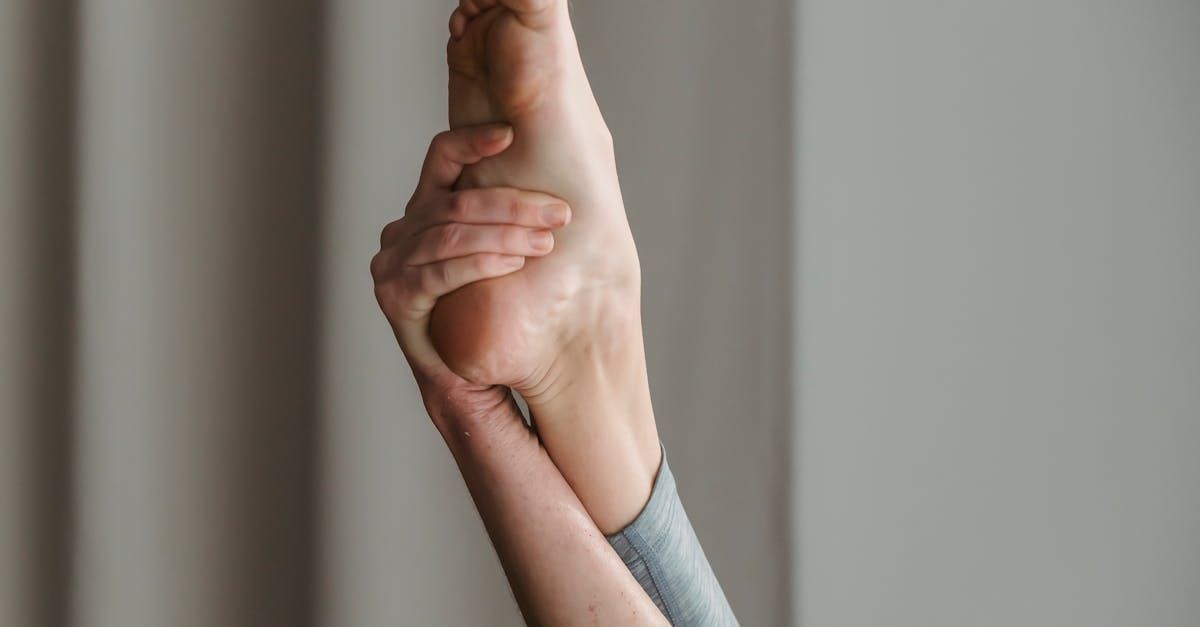Flat Feet 101: What You Should Know About Flat Feet
As an ankle and foot clinic, we understand the significance of informed and proactive foot care. Foot pain is incredibly common for most of us and is one of those ailments that people are far too content to simply live with till it becomes too significant to truly ignore. However, with the right treatment and care, you can reduce foot pain to the bare minimum and reduce the chance of it becoming something more serious.
What is meant by Flat Feet?
Flat feet, or pes planus, is a fairly common condition that can significantly impact an individual's mobility, comfort, and overall foot health with over 2 of 10 children taking flat feet into adulthood. With the help of the below advice, the aim is to provide valuable insights into flat feet, including its causes, symptoms, potential complications, and available treatment options.
What causes Flat Feet?
Flat feet is a condition characterised by a lack of arch in the inner part of the foot. In individuals with flat feet, the entire sole of the foot makes contact with the ground when standing. While some people with flat feet experience no discomfort or limitations, others may encounter symptoms such as pain, swelling, or decreased flexibility in the foot and ankle.
Flat feet can develop from an early age as a result of genetic predisposition, where the arches fail to form during childhood. In some cases, flat feet may also manifest in adulthood due to injuries, wear and tear, or certain medical conditions such as cerebral palsy. Additionally, factors such as obesity, ageing, and prolonged standing or walking can exacerbate the symptoms associated with flat feet and can lead to the development of more serious ailments such as arthritis.
What are the symptoms of Flat Feet?
The following is a list of the common ailments that individuals with flat feet may experience including:
Pain or discomfort in the arches, heels, or ankles- Swelling along the inside of the ankle
- Difficulty standing on tiptoe
- Increased foot fatigue during physical activity
- Reduced stability and balance
Now, it is also worth noting that people with flat feet may not suffer with these often or at all and if you are suffering with these symptoms an abnormal amount, it is likely that something else might be at play so seeking the support of a doctor or orthopaedic specialist would be advisable. Especially if you start to experience any of the following :
- Overpronation: Excessive rolling inward of the feet while walking or running, leading to ankle and knee issues.
- Plantar Fasciitis: Inflammation of the ligament connecting the heel to the toes, causing heel pain and discomfort.
- Bunions: Abnormal bony bumps that develop at the joint of the big toe, leading to pain and deformity.
- Ankle Instability: Weakness in the ankle and decreased ability to support body weight.
If you experience any of the following, it is important to book in a consultation as soon as possible. Mr Monkhouse has availability both
privately and on the NHS in Leeds and wider Yorkshire and is an experienced
specialist on all forms of foot pain and ailments. Through a comprehensive examination, including physical assessments and, if necessary, an X-Ray, we can determine the severity of the condition and provide a personal treatment plan tailored to your needs. A consultation also allows you to give you peace of mind and to explain the process clearly to ensure a comfortable experience for all involved.
There are a variety of effective treatment options for flat feet as it is particularly common so it is worth exploring some of the following if you do start to feel pronounced pain or discomfort. Treatment options for flat feet may encompass:
- Shoe Inserts: Custom-fitted shoe inserts to provide arch support and promote proper foot alignment.
- Footwear Modifications: Utilising supportive, well-fitted shoes to reduce discomfort and address gait abnormalities.
- Physical Therapy: Incorporating exercises to strengthen the foot muscles and improve flexibility and stability.
- Medications: Over-the-counter or prescription anti-inflammatory medications to alleviate pain and reduce swelling.
- Surgical Intervention: In severe cases where the above measures are ineffective or leading to further pain, surgical procedures may be considered to reconstruct the foot arch or address related deformities. This is a last resort option and in most cases, this isn’t necessary.
Proactive Foot Care
To mitigate the impact of flat feet and improve foot function, individuals with this condition can implement several proactive measures to ensure reduced pressure on their feet and heel. This includes :
- Maintain a healthy body weight to minimise strain on the feet and reduce the risk of complications.
- Engage in low-impact physical activities, such as swimming or cycling, to promote foot and ankle strength without imposing excessive stress.
- Perform regular stretching exercises to enhance foot flexibility and prevent muscle stiffness.
- Adhere to proper footwear guidelines, opting for shoes that provide adequate arch support and cushioning.
Through comprehensive understanding, early intervention, and tailored care, individuals with flat feet can effectively manage their condition and minimise its impact on their daily lives. Successful management of flat feet requires collaboration between patients and ankle and foot specialists, with a shared commitment to promoting optimal foot health and mobility.
If you are in need of treatment or simply want to discuss your flat feet and any discomfort you may be experiencing, we have regular openings in Leeds for
consultations. These are open discussions designed to get to the heart of the problem and allow you to gain a better understanding of the pain as well as allow us to put together an effective treatment plan. To book in or get in touch, contact us via the link below.
Nuffield Health Leeds
2 Leighton Street
Leeds
LS1 3EB
Tel: 0113 3882147
Chapel Allerton Hospital
Chapeltown Road
Leeds
LS7 4SA
Tel: 0113 2623404
Leeds General Infirmary
Great George Street
Leeds
LS1 3EX
Tel: 0113 243 2799
All Rights Reserved | Ankle & Co Ltd | Privacy Policy


